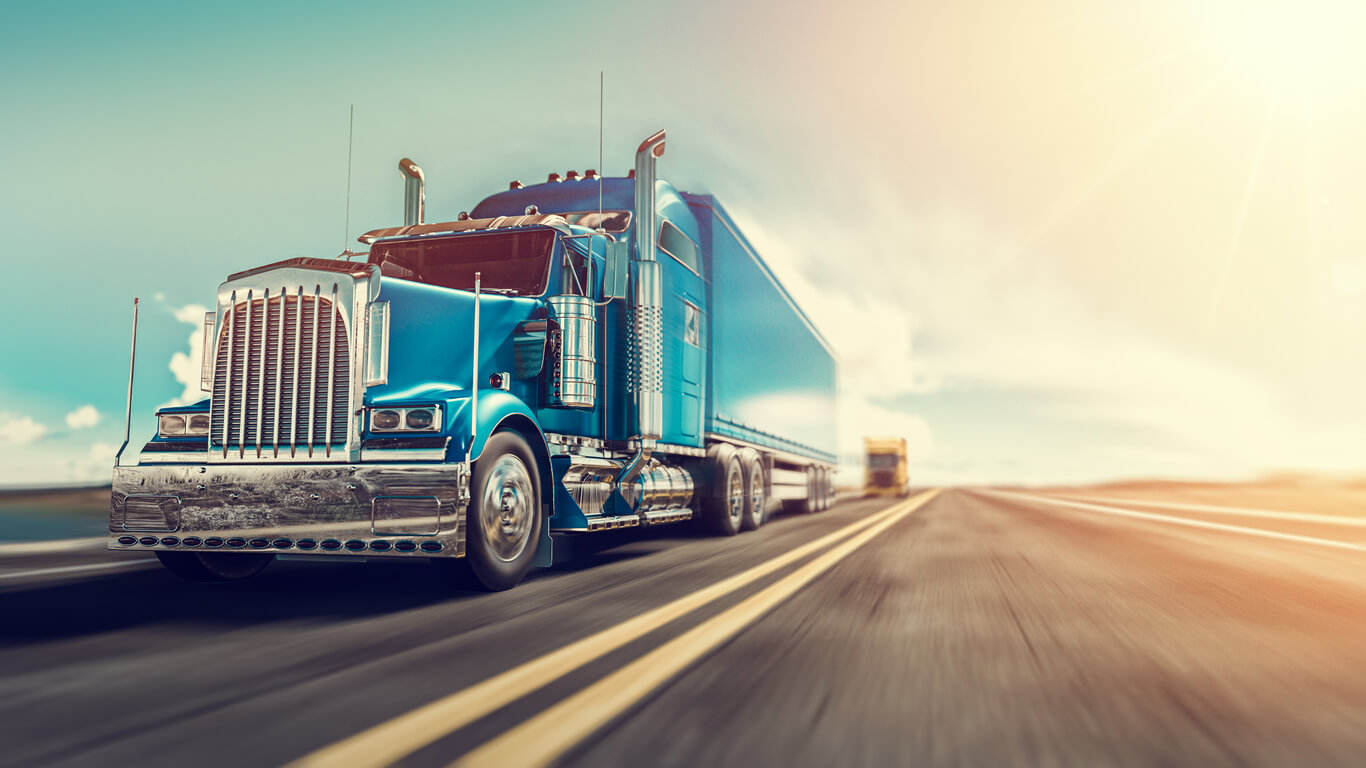Fewer insurers are willing to write commercial trucking business, and the coverage that’s available can be prohibitively expensive, with rate increases averaging in the double digits for even the cleanest accounts. Technological developments may allay these expenses, including autonomous technology capable of maximizing operational efficiency. Additionally, watch out for these two trends:
1) Drastic economic changes. An increase in driverless trucks will eventually translate to fewer jobs for drivers—although, a bit paradoxically, “commercial vehicle utilization rates could be 10 times higher than they are today, simply because you don’t have human drivers who are tired and subject to hours of service, who need to stop and get a meal,” explained Jack Roberts, journalist, futurist and senior editor of Heavy Duty Trucking magazine.
RethinkX, an independent think tank that analyzes and forecasts the speed and scale of technology-driven disruption and its implications across society, estimates that demand for new cars will fall by 70% by 2030; oil demand will peak by 2020 at 100 million barrels per day, dropping to 70 million a day by 2030; and that around 100 million existing vehicles will be abandoned as they become “economically unviable.”
Assuming 5 million truck driving jobs lost at an annual average salary of $40,000 per year, “this would be a reduction in national income equaling $200 billion a year,” Roberts said. But at the same time, the shift away from auto ownership would save the average American family approximately $5,600 a year in transportation costs, according to RethinkX—equating to a 10% pay raise, or an additional $1 trillion per year in disposable income.
2) The Uber-ization of freight. “There’s a lot of money to be made in trucking with helping fleets, drivers and shippers match loads in a profitable, efficient manner,” Roberts explained. “Trucking is a major economic force, and yet when it comes to dispatching loads, we’re very much stuck in a business model that was finalized in the 1940s-1950s.”
According to Roberts, the same technology behind Uber can be applied to freight shipping to connect shippers with small trucking companies online. Similar to ridesharing, a freight shipping app would allow customers to find and book available truck drivers within a specified radius, giving shippers instant access to rates and transit times from a wide range of motor carriers.
Read the full article at https://www.iamagazine.com/markets/read/2019/01/28/2-trends-driving-the-future-of-the-trucking-industry








